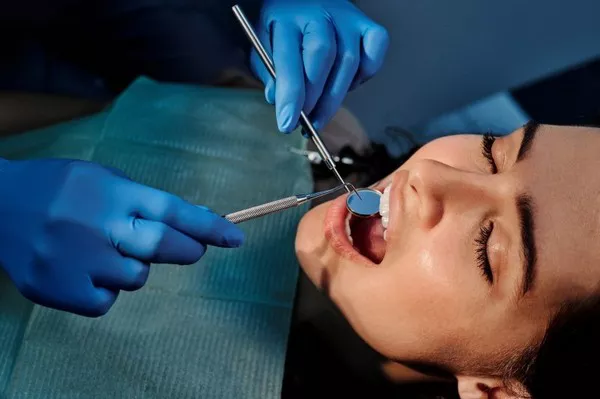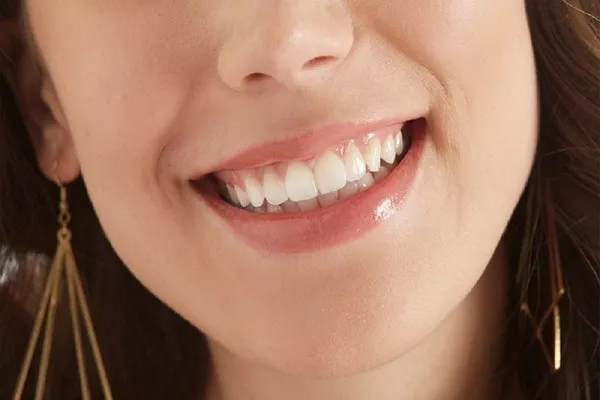Chipping a tooth can be a disconcerting experience, and the prospect of undergoing dental treatment to address the issue may raise questions about potential discomfort. In this article, we aim to provide clarity on a common concern: Does filling a chipped tooth hurt? By exploring the process of filling a chipped tooth and considering factors that may influence discomfort, individuals can approach dental care with greater understanding and confidence.
Understanding the Chipped Tooth Dilemma: Causes and Consequences
Causes of Chipped Teeth:
Chipped teeth can result from various factors, including accidents, trauma, biting on hard objects, or underlying dental conditions. The severity of the chip can vary, ranging from minor cosmetic issues to more extensive damage that affects the tooth’s functionality.
Consequences of Untreated Chipped Teeth:
Leaving a chipped tooth untreated can lead to several consequences, including increased sensitivity, risk of further damage, and compromised oral health. Addressing a chipped tooth promptly is crucial to prevent complications and maintain the tooth’s structural integrity.
The Chipped Tooth Filling Process: A Non-Invasive Solution
Purpose of Filling a Chipped Tooth:
Filling a chipped tooth is a common dental procedure designed to restore the tooth’s shape, functionality, and aesthetics. The filling material, often composite resin, is carefully applied to the damaged area, providing a seamless repair that blends with the natural tooth color.
Non-Invasive Nature of the Procedure:
The process of filling a chipped tooth is generally non-invasive. It involves cleaning the affected area, applying the filling material, and shaping it to match the contours of the natural tooth. As a result, the procedure is typically quick, with minimal impact on surrounding healthy tooth structure.
Factors Influencing Discomfort During the Procedure:
Size and Severity of the Chip:
The size and severity of the chipped tooth can influence the level of discomfort during the filling procedure. Smaller chips may require less extensive treatment, resulting in a quicker and potentially less uncomfortable experience.
Depth of the Chip:
If the chip extends into the tooth’s inner layers, closer to the nerve, individuals may experience heightened sensitivity during the filling process. In such cases, the dentist may take additional measures, such as using local anesthesia, to minimize discomfort.
Does Filling a Chipped Tooth Hurt? Addressing Patient Experiences:
Common Patient Experiences:
Many individuals report that filling a chipped tooth is a relatively painless experience. The non-invasive nature of the procedure, coupled with advancements in dental technology, contributes to a more comfortable and efficient process.
Local Anesthesia Options:
Dentists may use local anesthesia to numb the area before filling a chipped tooth, ensuring that patients experience minimal discomfort. The application of anesthesia involves a brief, mild sensation, and patients often find that it greatly reduces any potential pain during the procedure.
Post-Filling Sensations and Recovery:
Post-Treatment Sensitivity:
It’s common to experience some sensitivity after filling a chipped tooth. This sensitivity is usually temporary and may manifest as mild discomfort when consuming hot or cold foods and beverages. Dentists often advise patients to avoid extreme temperatures and to use a desensitizing toothpaste if needed.
Adapting to the Filled Tooth:
As the filling material bonds with the natural tooth structure, individuals typically adapt to the repaired tooth without experiencing persistent discomfort. The filled tooth should seamlessly integrate into the bite, allowing for normal functionality and chewing.
Conclusion: Reassurance in Dental Care
In conclusion, the experience of filling a chipped tooth is generally not associated with significant pain. The non-invasive nature of the procedure, coupled with the option of local anesthesia, contributes to a more comfortable patient experience. While some post-treatment sensitivity may occur, it is typically temporary and manageable with proper care.
Individuals facing the prospect of filling a chipped tooth can find reassurance in the advancements in dental techniques and the emphasis on patient comfort. Promptly addressing a chipped tooth not only restores its appearance and function but also helps prevent further complications.
As with any dental procedure, open communication with the dentist about concerns and preferences is crucial. Dentists are dedicated to ensuring patient comfort and can provide personalized guidance to make the experience of filling a chipped tooth as smooth and pain-free as possible. With the right care and attention, individuals can confidently navigate the process of restoring their smile and maintaining optimal oral health.
What Is The Process Of Filling A Tooth
How Long Do White Fillings Take To Set






























